Marketing companies are always trying to sneak advertising into our daily lives–you know this. But most of the time, many of us aren't even aware of the vast amount of product placement that is laid before our very eyes: TV infomercials, Public transportation, sky writing, radio plugs, and even female derriere are all popular methods companies use to convince you to buy their product.
It comes as no surprise that marketing companies use video games as a vessel for advertising. If young people with disposable income are spending hours and hours in front of a video game, why not use this as an opportunity to add a little bit of product placement? Although in-game advertising has been common since the 1970s, only recently have these ads gone a bit out of hand. Seriously, political ads in racing games? Below are the silliest cases of advertising within video games.
10. The Secret of Monkey Island (PC)
Product Placement Includes:
- LucasArt's Loom (PC)
Cobb, aka “The Loom Guy,” is a sickly looking pirate found in LucasArt's The Secret of Monkey Island. His name can be verified by looking at his hat, which clearly says “Cobb” on it. When asked about anything, he simply responds “aye.” Ask him about Loom, however, and he'll go on a long tangent about how great the game is, that we should “beat the rush” and “go out and buy Loom today.” What an obvious sales pitch!
]
9. Zool (Amiga)
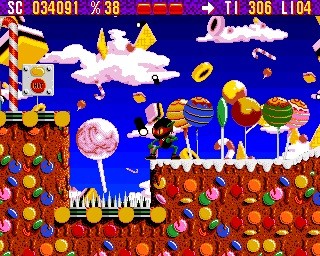
Product Placement Includes:
- Chupa Chups
Zool was originally developed for the Amiga as a rival to the Sonic the Hedgehog games. Publisher Gremlin Graphics at the time developed a partnership with Chupa Chups, which lead to images of the product and logo throughout the game, especially in the Sweet Zone levels. Following the decline of the Amiga however, Zool's popularity faded away. Hopefully, they made enough money from their Chupa Chups endorsement.
8. Pikmin (Gamecube)
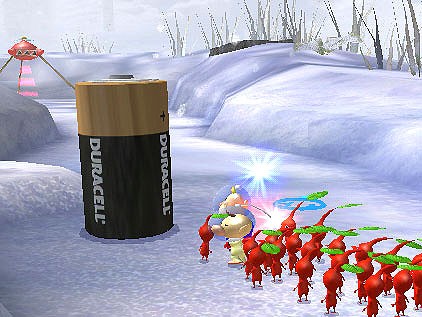
Product Placement Includes:
- Duracell Batteries
- 7-Up Bottle caps
The concept of Nintendo's Pikmin series derives from Shigeru Miyamoto's time spent tending his garden. During the course of the game, protagonist Captain Olimar must find a way off of the planet that he crashes on by manipulating its local inhabitants, the Pikmin. Along his journey, he'll come across strange objects, including dangerous insects… and Duracell batteries, and 7-Up bottle caps. If this game is any indication of what Mr. Miyamoto's garden is like, then perhaps he should consider cleaning up his garden.
7. SWAT 4 (PC)
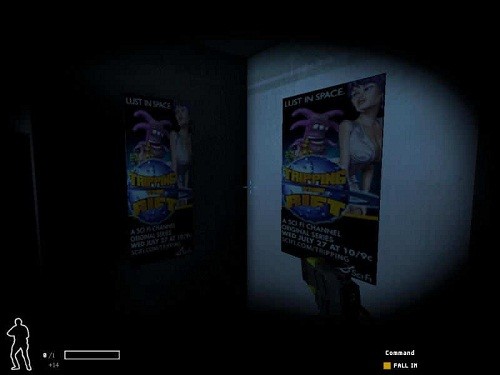
Product Placement Includes:
- Upcoming U.S. Television Shows
As an example of dynamic in-game advertising, SWAT 4 contains constantly-changing posters that developers can continue to update. Typically, these posters contain advertisements for upcoming U.S. television shows. In the example above, a poster for Tripping the Rift can be spotted.
6. PAIN (PS3)
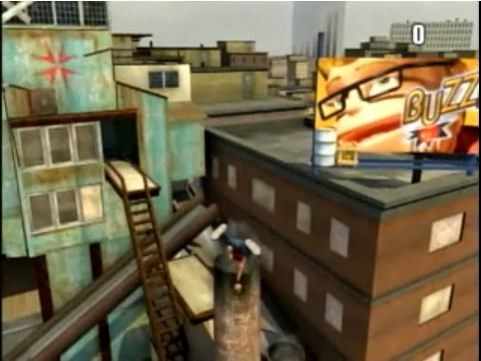
Product Placement Includes:
- Movie Posters
- Video Game Posters
- Axe Deodorant
PAIN is another example of dynamic in-game advertising. Many believe that this game was designed to be a advertising machine for players to interact with. In the game, players are exposed to frequently updated billboard ads for the latest movies and games. You can also toss around mascots, as well, such as Daxter from the Jak and Daxter game series, or some random guy holding a can of Axe body spray.[
5. Splinter Cell: Chaos Theory (PS2/Gamecube/XBOX/PC)
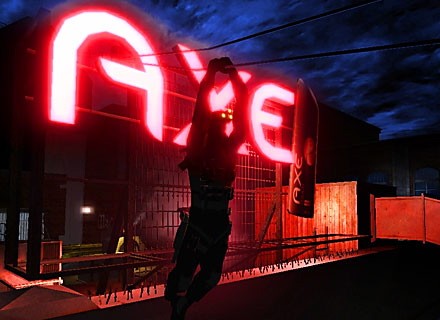
Product Placement Includes:
- Axe Deodorant
- Sony Ericsson
- Sprite
The marketing team for Axe products is really trying to push this name brand down the throats of video gamers, it seems. Developer Ubisoft has made a serious effort in order to integrate consumer products in a thoughtful way in order to “enhance the realism of the game.” Makes sense, since just about every game out there has Axe products written all over it.
4. Phantasy Star Portable 2 (PSP)
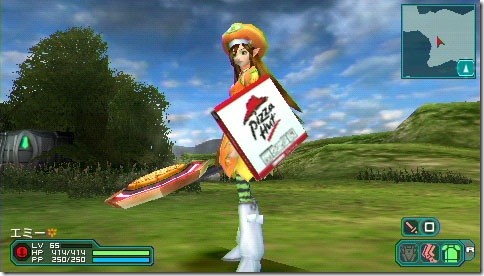
Product Placement Includes:
- Pizza Hut
In Phantasy Star Portable 2 for the PSP, publisher Sega filled the fantasy universe in the game with all sorts of Pizza Hut-related locations and memorabilia. Players are able to visit a virtual Pizza Hut in space, and purchase Pizza Hut-themed weapons and accessories. Talk about cheesy.
3. Sneak King/Big Bumpin'/Pocketbike Racer (XBOX)
Product Placement Includes:
- Burger King Food
Originally intended to be downloadable-only games, Burger King decided to release the games on disc because of the unexpected high quality of the games. Released as a set of three different games, The King Games are basically digital advertisements of Burger King restaurants. In Sneak King, players take control of Burger King's creepy as hell mascot. The point of the game is to stalk hungry pedestrians, and scare the crap out of them with hamburgers. Creepy? Hell yes. Effective advertising? Of course. Players most likely will never forget these games, for better or worse.
2. Metal Gear Solid Series (PS2/PS3)
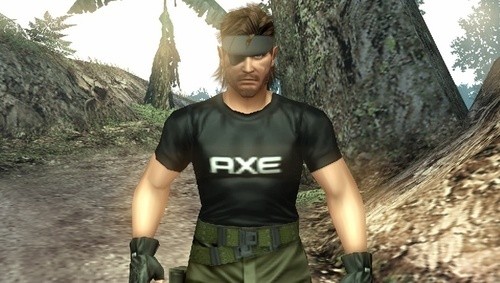
Product Placement Includes:
- Playboy Magazine
- CalorieMate cheese block
- Sony Ericsson W62S cellular phone
- iPod
- Six Axis Controller
- Mountain Dew
- Pepsi
- Doritos
- Axe Deodorant (again, seriously?)
The Metal Gear Solid Series is infamous for having a ridiculous amount of product placement, often in very humorous situations. In Metal Gear Solid 4, for example, Snake can equip an iPod to listen to music in order to regain health. Playboy Magazines can be used to distract guards. Whenever Snake is wandering around in the jungle during the 1970s, he can even find a bag of Doritos lying around for nourishment.
So what gives? What is with all of these brand name products littered in a video game series that is typically filled with themes of war and politics? According to series creator Hideo Kojima's Twitter:
“It's because I want to surprise players. If there's no surprise or
freshness, then I'll stop the tie-ins. It's different from
Hollywood-style merchandising.”
1. Burnout Paradise (PS3/XBOX360)
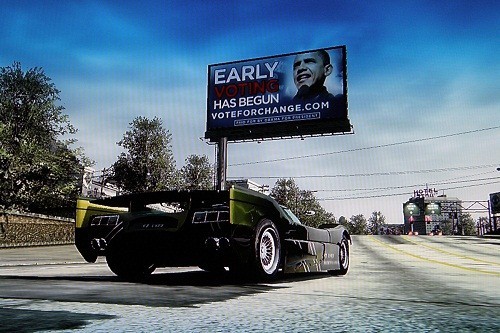
Product Placement Includes:
- Presidential Candidate Barack Obama
The 1964 “Daisy Girl” commercial, believed by many to be America's most powerful presidential campaign ad, featured an innocent girl picking flower petals in a pristine field moments before a nuclear explosion. Without using many words, the ad was powerful, and invoked fear to the American people if they did not vote for presidential candidate Johnson.
That stuff is old news. Today, we have President Obama advertising in video games.
Between October 6 to November 3, 2008, Barack Obama's presidential campaign team spent $44,465.78 in order to run in-game advertisements in various games, such as Burnout Paradise. Not a bad deal, considering it can cost several million dollars to run a 30-second ad on TV. Times sure have changed, haven't they?

